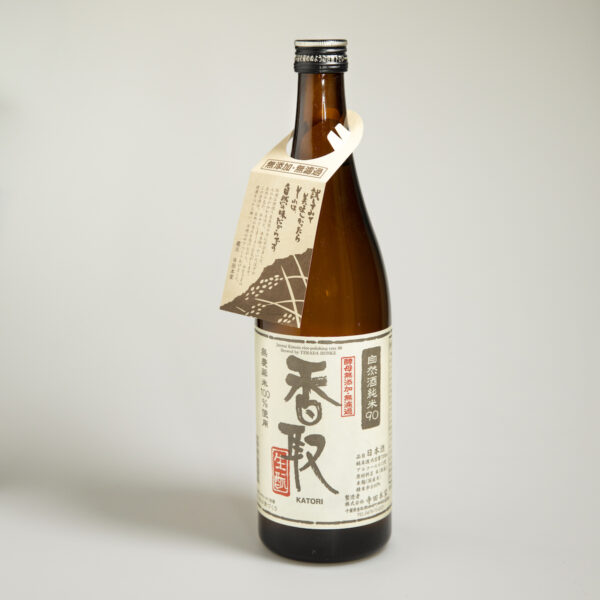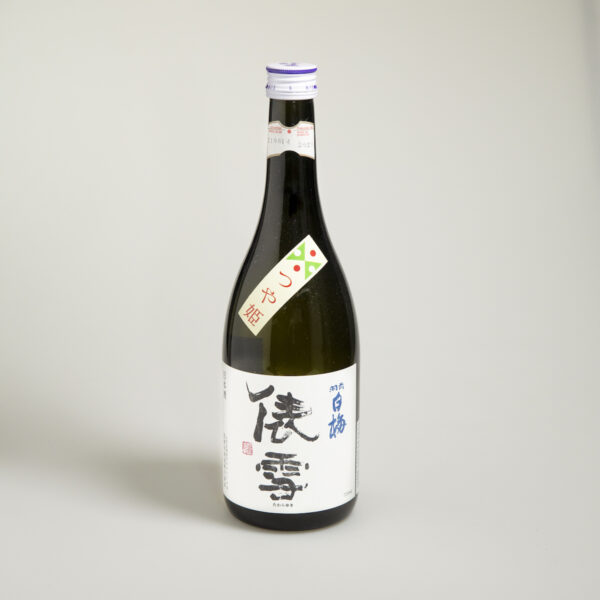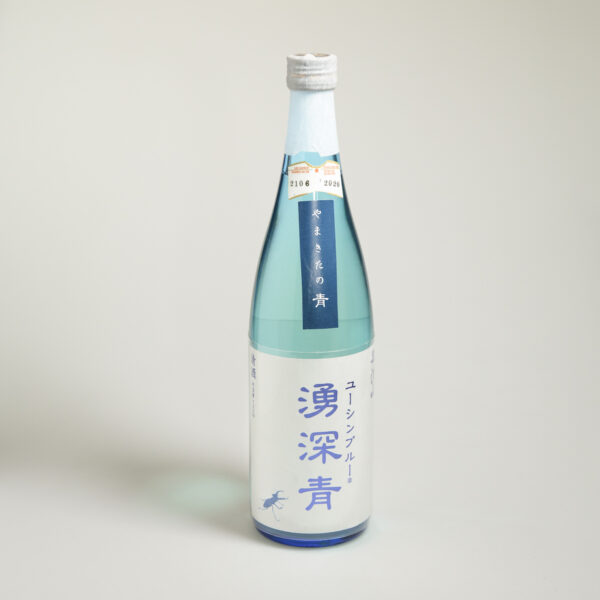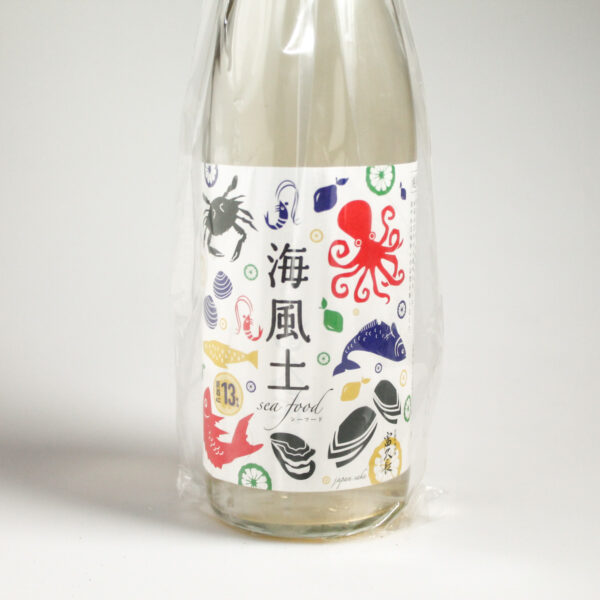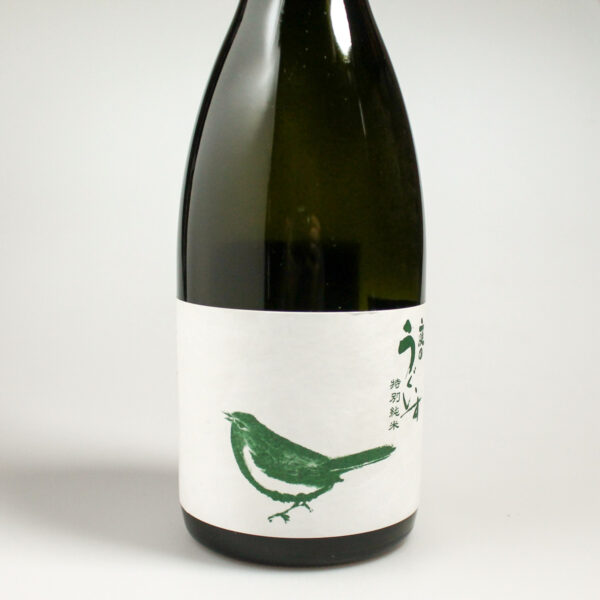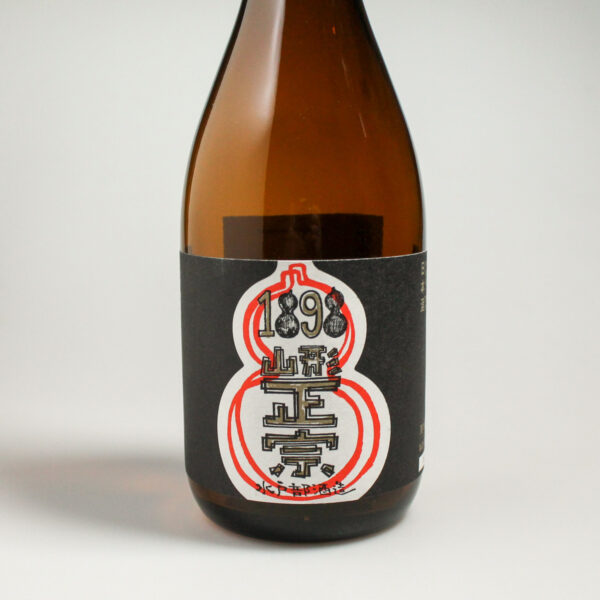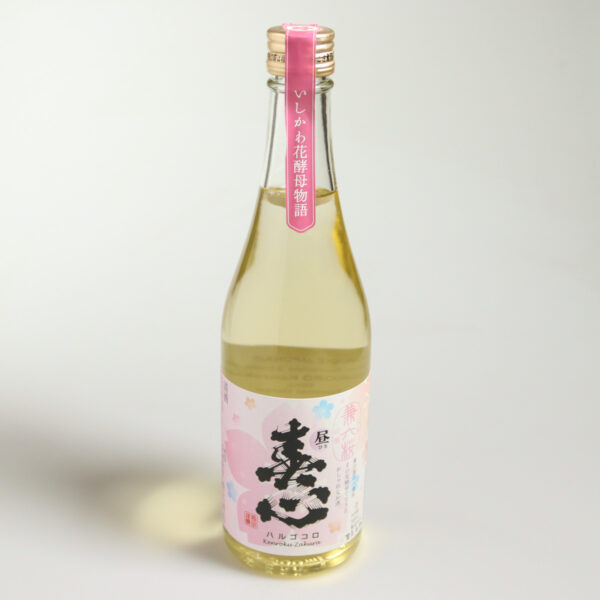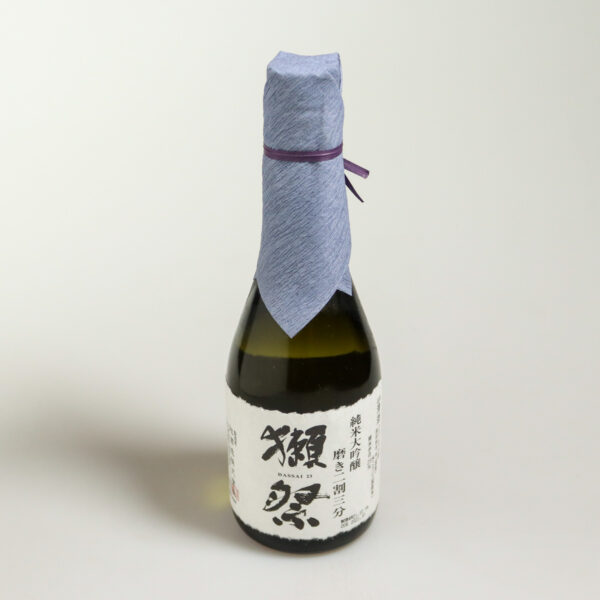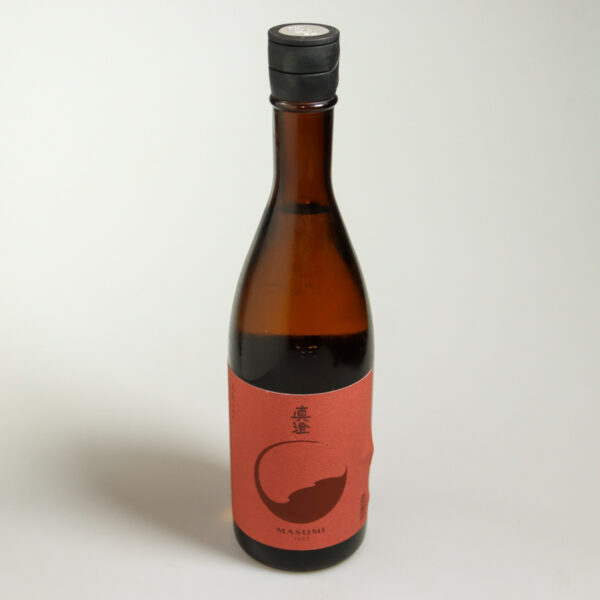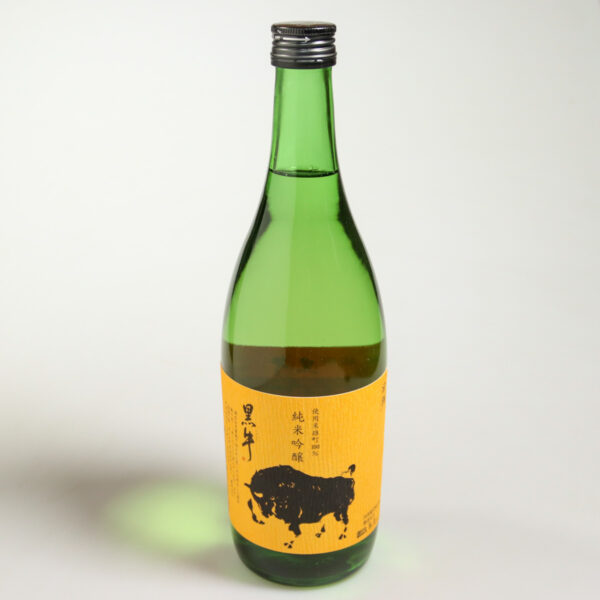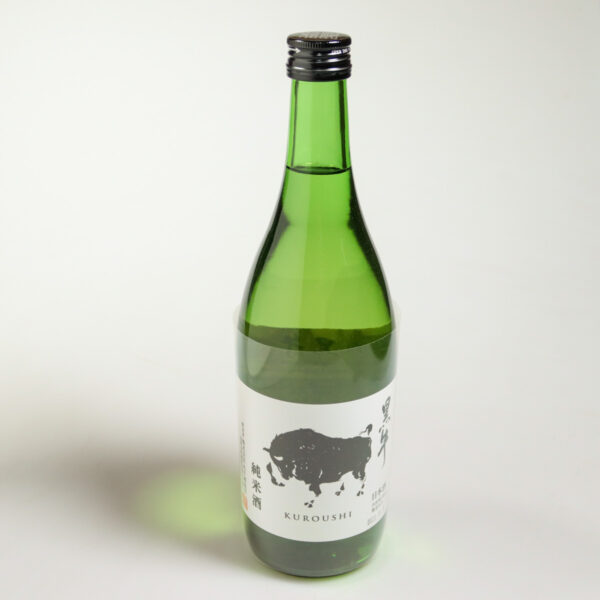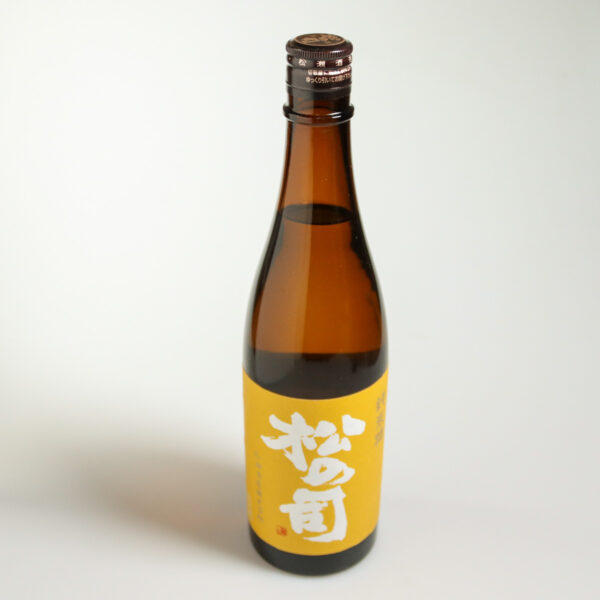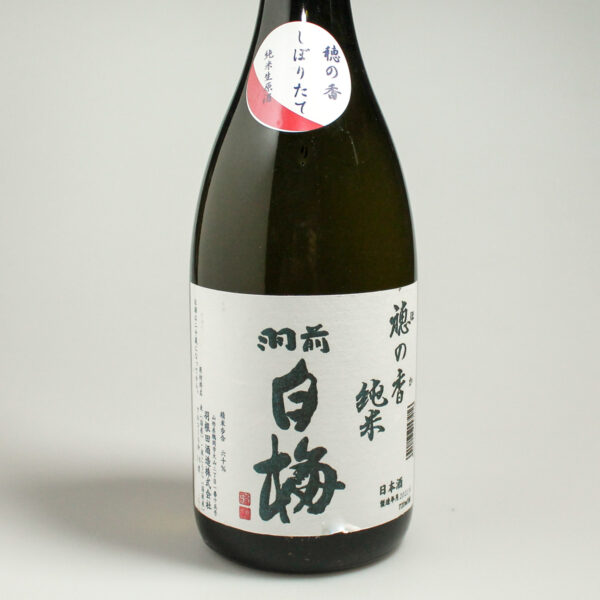Sake
Showing all 16 results
Products
-
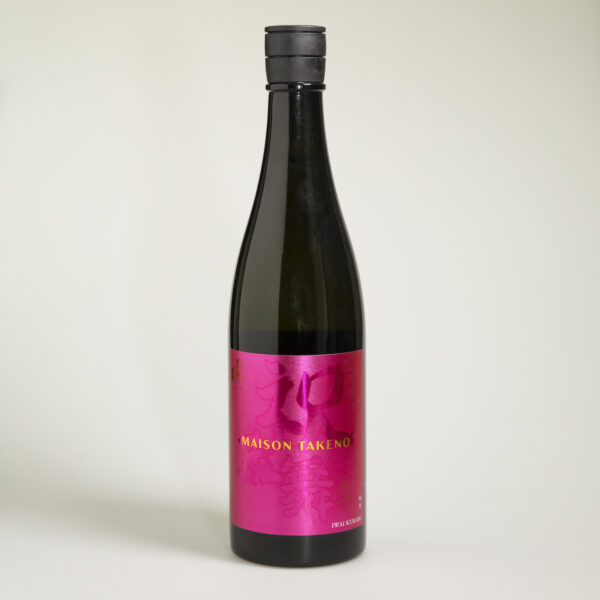
Sake “Iwai Kurabu” Junmai
Producteur : Takeno 32.00 € Add to basket -
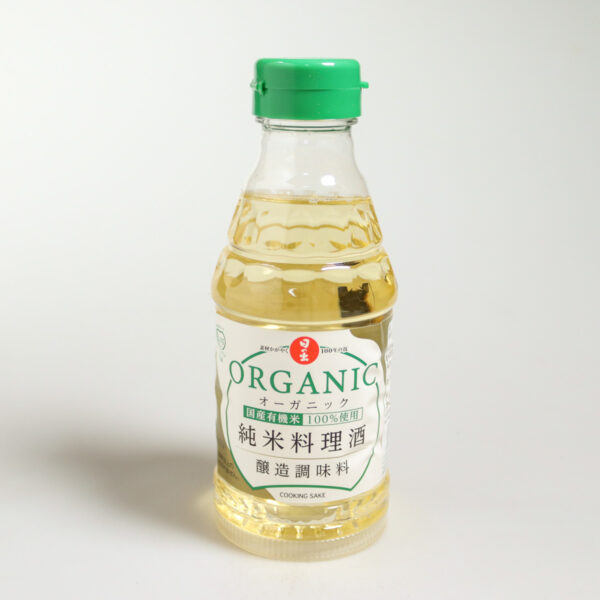
Organic Cooking Sake
Producteur : King Jozo 5.00 € Add to basket -
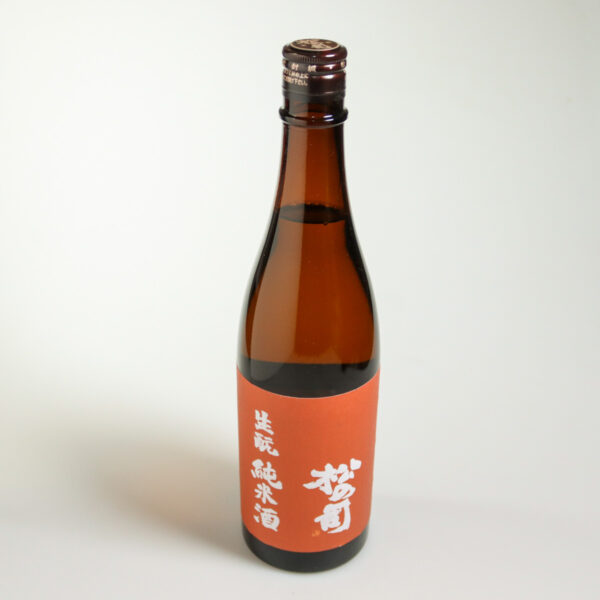
Saké “Matsuno Tsukasa” Kimoto Junmai
33.00 € Add to basket -
Junmai Sake Katori 90
Producteur : Terada Honke 37.00 € Add to basket -
Sake “Tawarayuki” Junmai Ginjo Namagenshu
Producteur : Haneda 46.50 € Add to basket -
Sake “Yushin Blue” Junmai
Producteur : Kawanishiya 48.00 € Add to basket -
Sake “Seafood” Junmai Genshu
Producteur : Imada 41.00 € Add to basket -
Sake “Niwa No Uguisu” Tokubetsu Junmai
Producteur : Brasserie Yamaguchi 37.00 € Add to basket -
Sake “Masamune 1898” Kimoto Junmai
Producteur : Mitobe 46.00 € Add to basket -
“Kenrokuzakura” Cherry Blossom Yeast Sake
Producteur : Nishide Shuzo 43.00 € Add to basket -
Sake “Dassai 23” Junmai Daiginjo
Producteur : Asahi Shuzo 40.00 € Add to basket -
Sake “Masumi Aka Red” Yamahai Junmai Ginjo
35.00 € Add to basket -
Sake “Kuroushi” Junmai Omachi
Producteur : Nate Shuzoten 28.00 € Add to basket -
Sake “Kuroushi” Junmai
Producteur : Nate Shuzoten 21.00 € Add to basket -
Saké “Matsuno Tsukasa” Junmai
30.00 € Add to basket -
Sake “Honoka Shiboritate” Junmai Namagenshu
Producteur : Haneda Shuzo 39.50 € Add to basket
Japanese sake is an elegant beverage whose depth and variety never cease to amaze. Discover our selection.
A little background
Sake is a brewed rice alcohol with an alcohol content of around 15 degrees. We mention this to dispel the persistent myth that sake is a tord-boyau, a 40-proof white digestif that Chinese restaurateurs serve in suggestive glasses at the end of a meal (usually baiju). Authentic sake, which the Japanese call ‘nihonshu’ or ‘seishu’, is in fact a delicate drink with a thousand incarnations.
The basics of sake
Traditionally, sake is brewed from November onwards, immediately after the rice harvest. It is obtained through a process unique to sake, known as double fermentation: a noble mould called ‘koji’ (also used in the production of miso and soy sauce) converts the rice starch into sugar, and at the same time a yeast converts this sugar into alcohol. The brewer’s job is to adjust all available parameters to ensure that the koji and the yeast work in harmony. This is obviously a difficult task.
There are many parameters. But they are all important. Here is a non-exhaustive list: what type of rice to use? Which water to use? At what point should the grains be polished, i.e. stripped of their top layers to make it easier for the yeast to work? At what temperature and for how long should fermentation take place? The brewer’s answers to these questions will have a significant impact on the taste of the final sake.
Sake is like an ocean
Let’s use a caricature for the sake of argument. A long, cold fermentation with highly polished rice will produce a sake with fruity aromas. This is known as the “ginjo” style. On the other hand, a quick, hot fermentation with lightly polished rice will produce a sake with cereal and honey notes. Between these two extremes, anything is possible!
There is an infinite variety of bouquets, textures and flavours. In other words, the world of sake is at least as profound as the world of wine. But unlike wine, sake is low in acid and completely sulphite-free… It’s hard not to want to drink more of it, it’s so surprising and enjoyable.
There are also sparkling sakes, aged ‘koshu’ sakes, cloudy ‘nigori’ sakes, which contain some of the rice with which they were brewed, and sakes from cedar barrels… A whole world of rules and sensations unheard of in our wine-drinking countries. The bonus? Because it’s so smooth, sake is infinitely easier to pair with food than wine.
Ginjo sakes are a delight with a wide range of cheeses, a dry sake brings out the flavour of oysters, wild yeast sakes and risotto are always a delight… and so on.
.png)
